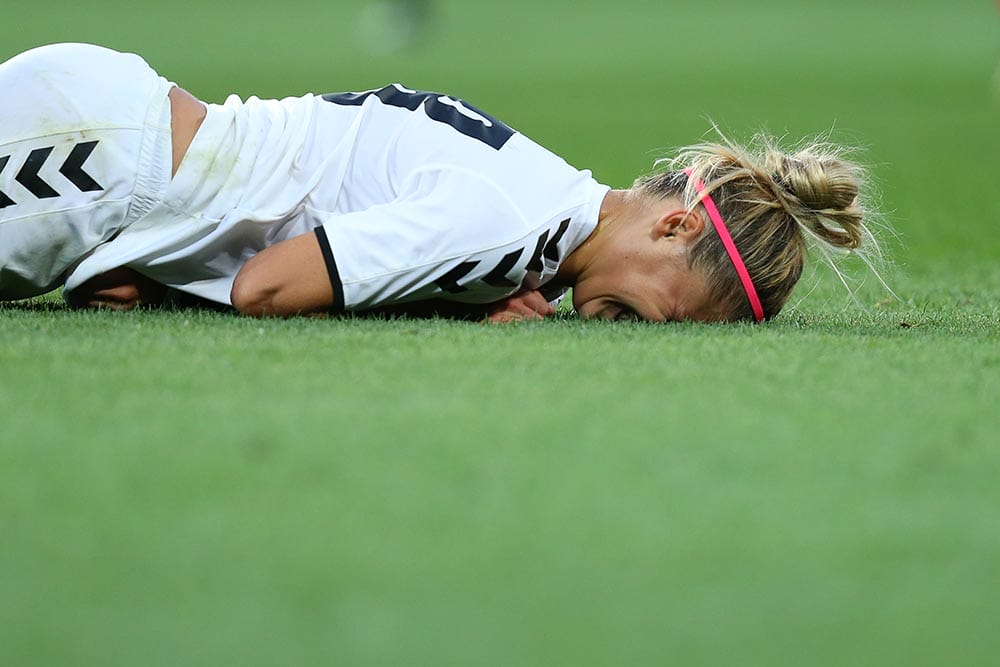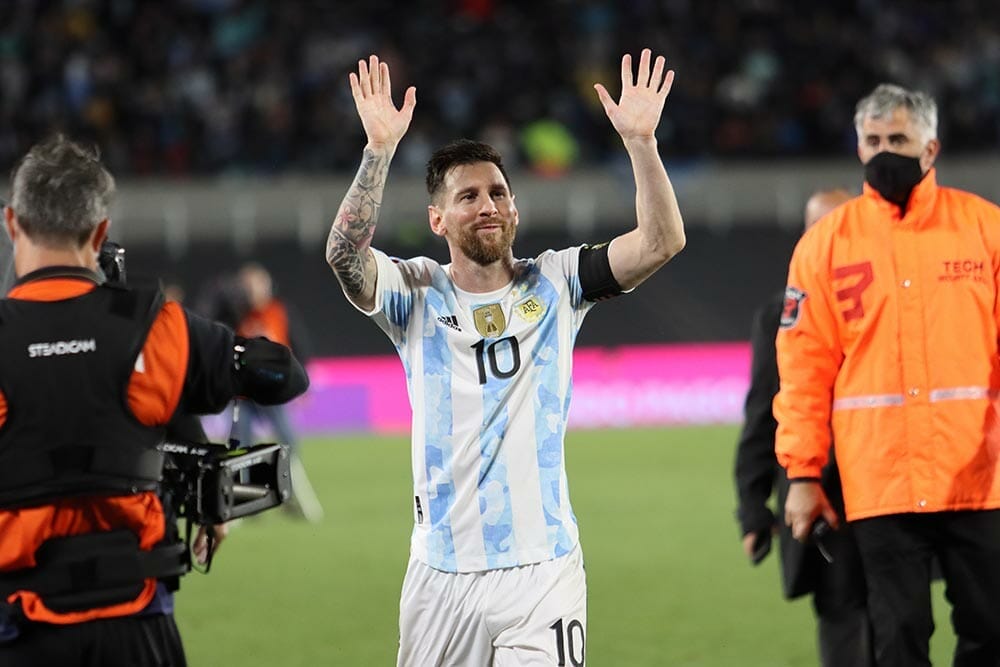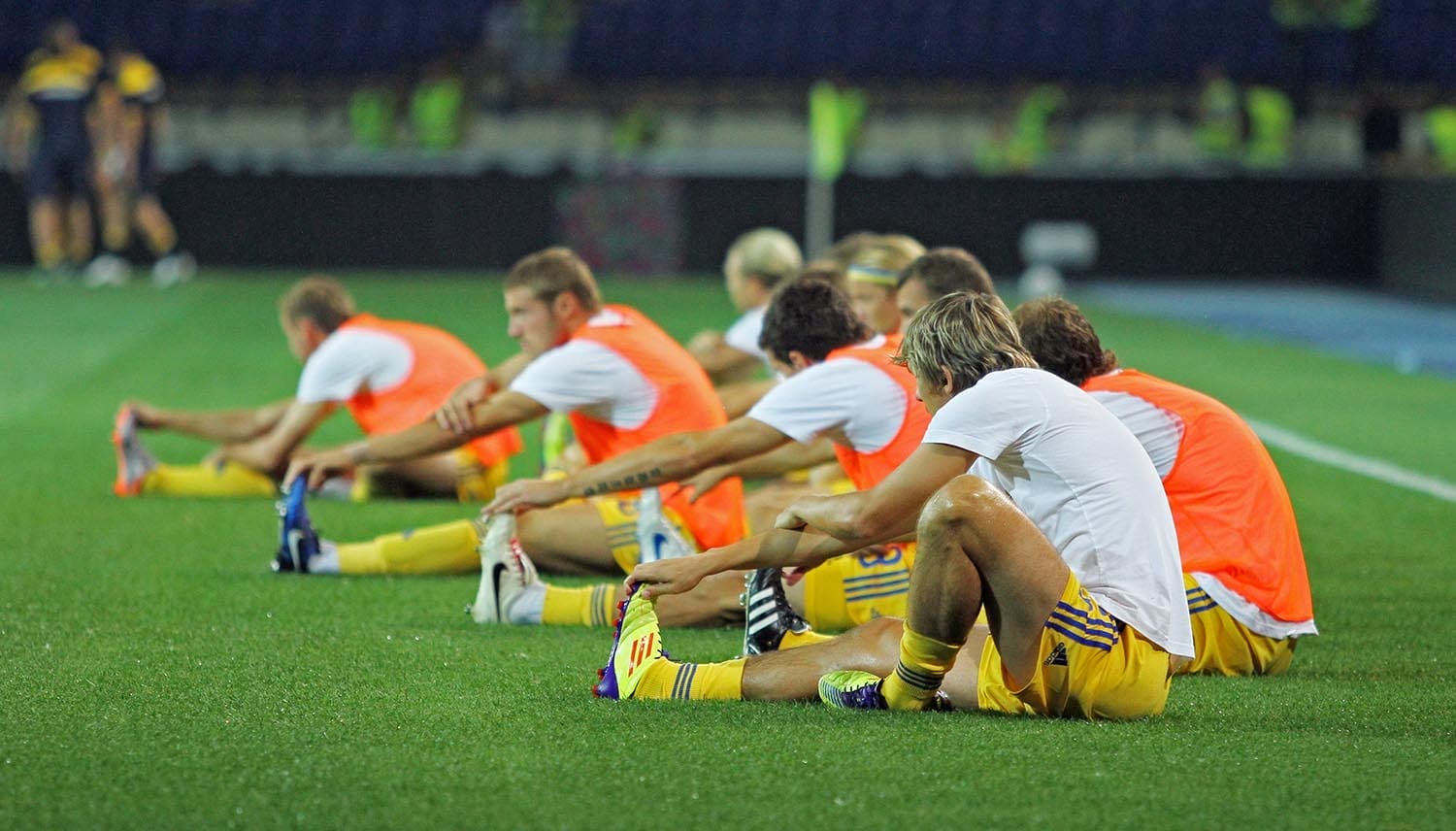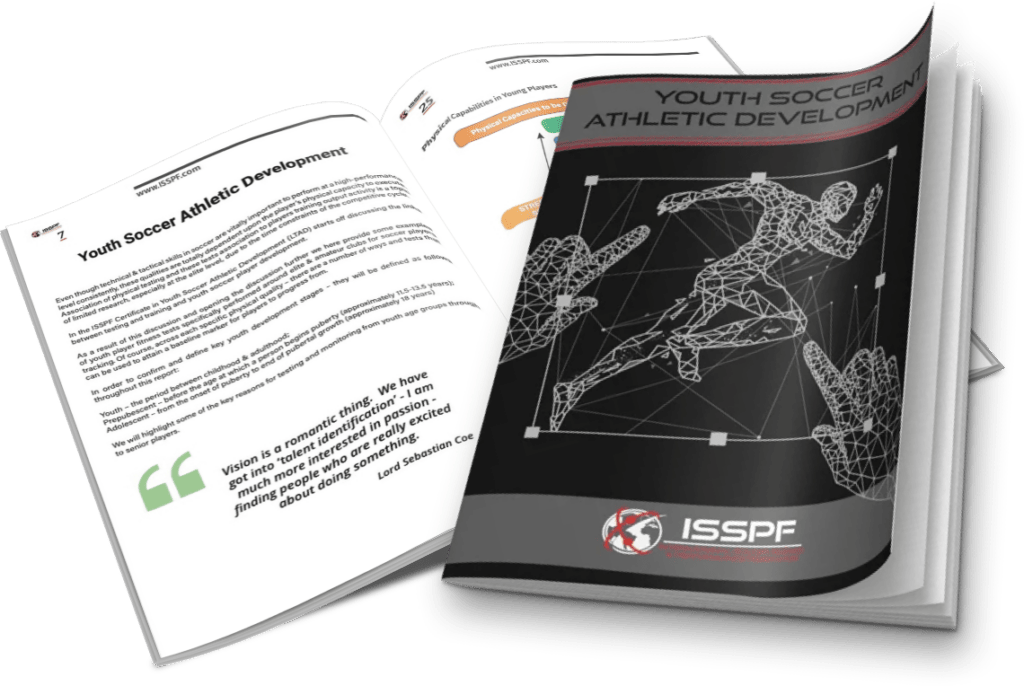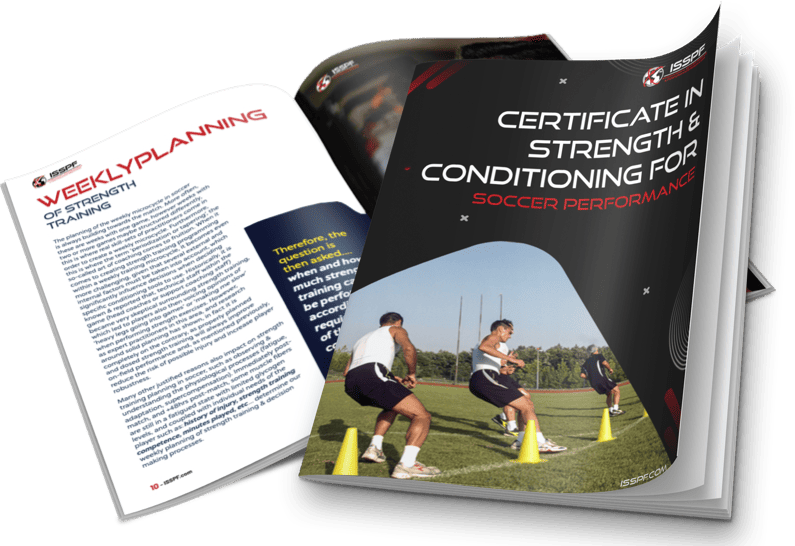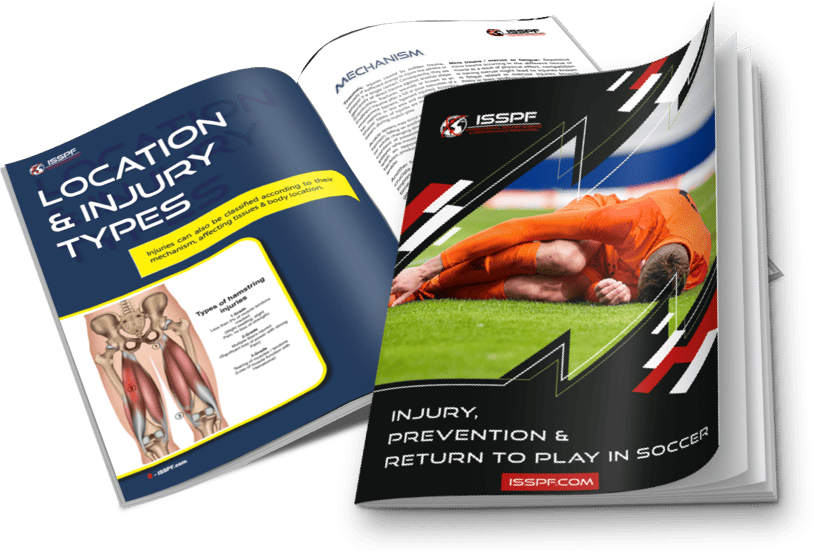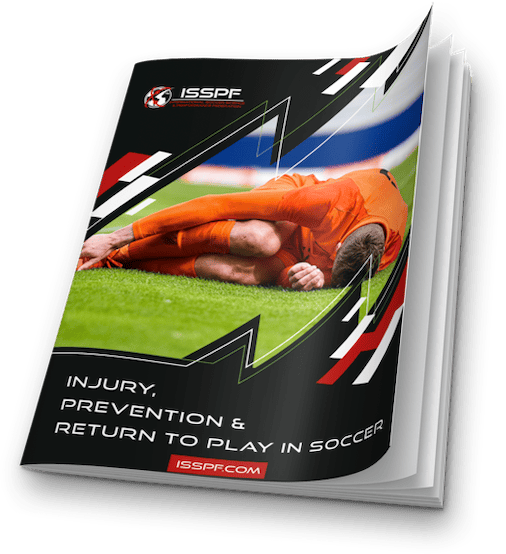Written by: Joshua Smith MSc. (High-Performance Director) South African Superleague
In the realm of soccer development, the concept of Long-Term Athletic Development (LTAD) serves as an indispensable guiding principle. It not only nurtures young talents but also forms the foundation upon which future soccer stars are sculpted.
From the perspective of strength and conditioning, we dive deep into the significance of LTAD, with a specific focus on Training Design & Application in Youth Development, and explore key facets of this holistic approach.
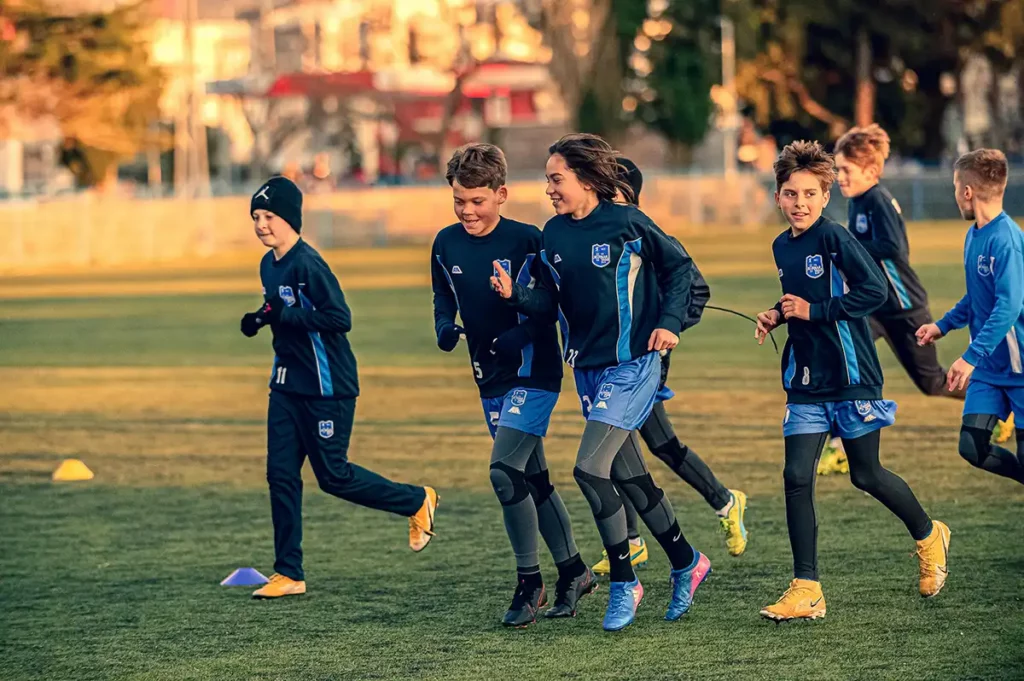
Understanding a New Physical Qualities Approach – Development Model
Traditionally, youth soccer development often emphasized tactical and technical aspects of the game, sometimes overlooking the critical role of physical qualities. However, in the context of LTAD, there is a paradigm shift towards recognizing the importance of developing a diverse range of physical attributes in young players.
This new physical qualities approach seeks to create a comprehensive development model that addresses the multifaceted demands of modern soccer. Strength and conditioning programs are carefully crafted to enhance not only physical prowess but also attributes like speed, agility, endurance, and power.
These programs are designed to ensure that young players not only excel in their current age group but also possess the physical foundation to thrive as they progress through the ranks.
Understanding the Importance of Both Mechanical & Functional Activities
Within the realm of youth soccer development, there is a growing acknowledgment of the importance of both mechanical and functional activities as seen in the diagram below. Mechanical activities encompass the fundamental building blocks of physical conditioning. These activities are designed to enhance strength, flexibility, and coordination.
They form the cornerstone upon which a young athlete’s physical prowess is constructed. Functional activities, on the other hand, take these mechanical attributes and apply them in a soccer-specific context. It’s about translating raw physical capabilities into soccer-relevant skills.
For example, improving speed and agility in isolation is one thing, but being able to utilize these attributes effectively to evade opponents on the field is an entirely different skill set.
In LTAD, the interplay between mechanical and functional activities ensures that young players not only build a robust physical foundation but also learn to apply these attributes seamlessly in the soccer context.
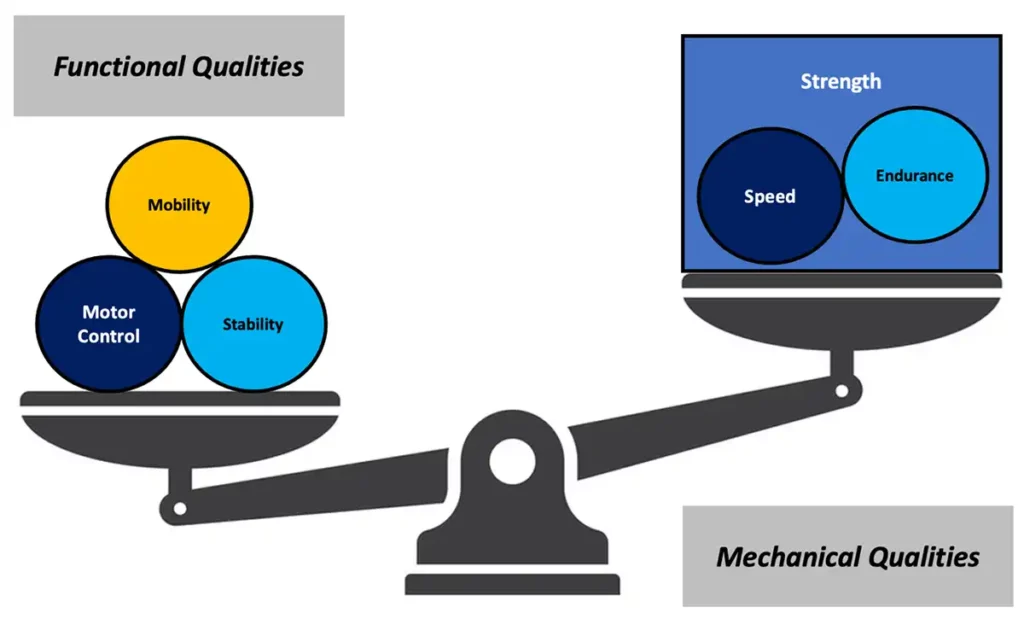
Exercise Progression in Youth Development
Exercise progression is a fundamental concept in LTAD. It recognizes that young athletes are at varying stages of physical development and skill acquisition.
As such, training programs must be structured in a progressive manner, taking into account the individual needs and capacities of each player. In the context of strength and conditioning, exercise progression involves gradually increasing the intensity, complexity, and specificity of training exercises as players mature and acquire new skills.
For example, a young player may start with bodyweight exercises and basic movement patterns, gradually progressing to more advanced weightlifting and plyometric drills as they mature. This carefully orchestrated progression not only minimizes the risk of injury but also optimizes physical development, ensuring that young players are continually challenged and stimulated.
To unveil the pathway to your enriched understanding and expertise, embrace the link below:
Discover the ISSPF Youth Soccer Athletic Development Course


Application of Conditioning and Coordinative Drills in Youth Soccer
Conditioning and coordinative drills hold a special place in the youth soccer development landscape. These drills serve to enhance cardiovascular fitness, stamina, and coordination—attributes that are vital for young players as they engage in the rigors of the game.
From a strength and conditioning perspective, these drills are meticulously designed to strike a balance between building endurance and promoting agility. They are tailored to mimic the intermittent nature of soccer, with periods of high-intensity sprinting interspersed with lower-intensity recovery phases.
By systematically incorporating conditioning and coordinative drills into youth soccer training regimens, players not only improve their physical fitness but also become more adept at handling the physical demands of the game, thus laying a strong foundation for future success.
Skill Acquisition & Developing a Functional Framework
Skill acquisition is the linchpin of youth soccer development, and it dovetails seamlessly with the development of a functional framework. In essence, it’s about teaching young players not just the “what” but also the “how” of soccer. It’s about instilling the correct techniques, tactical awareness, and decision-making abilities that are essential for success on the field.
From a strength and conditioning perspective, this involves integrating physical attributes with soccer-specific skills. For example, improving a player’s acceleration is not just about running faster; it’s about teaching them how to use that speed to gain a tactical advantage during a match. It’s about developing a functional framework that aligns physical capabilities with soccer intelligence.
In conclusion, Long-Term Athletic Development in soccer players stands as an approach that recognizes the multifaceted nature of player development. From the lens of strength and conditioning, it involves crafting training programs that nurture a new physical qualities approach, striking a balance between mechanical and functional activities, and carefully progressing exercises as players mature.
Moreover, it emphasizes the importance of conditioning and coordinative drills and integrates skill acquisition into a functional framework
Biomechanical Considerations in Soccer
Unravelling the Strength and Movement Principles
Soccer is a sport that hinges on a delicate interplay between athleticism and skill. The seemingly effortless movements of players on the field belie the intricate biomechanical processes occurring within their bodies.
Diving into the biomechanical considerations within soccer, with a specific focus on the ‘Strength and Movement Principles’ from a strength and conditioning perspective. This article will highlight the fascinating realm of movement development, the progressive patterning of movements for sports, the complexities of strength as a system, and the evolution of strength from philosophy to practice.
Movement Development – From Patterns to Skills
Young players start with basic motor patterns, such as crawling and walking, which serve as the building blocks for more complex soccer-specific skills. These early movements are the foundations upon which soccer actions are constructed.
From a strength and conditioning perspective, movement development is a multifaceted process. It involves not only refining the execution of fundamental movements like running, jumping, and changing direction but also integrating them seamlessly into soccer-specific skills. This transformation is a testament to the soccer players remarkable adaptability.
As players progress through their soccer journey, their ability to execute intricate movements like dribbling, passing, and shooting whilst ensuring a level of settled decision making is immense. These skills are not isolated entities as they are dynamic, interconnected, and reliant on biomechanical principles.
The strength and conditioning practitioner plays a pivotal role in facilitating this evolution by tailoring training programs that progressively build upon movement patterns, transforming them into soccer skills and ensuring a consistent progression through their training development pathway.
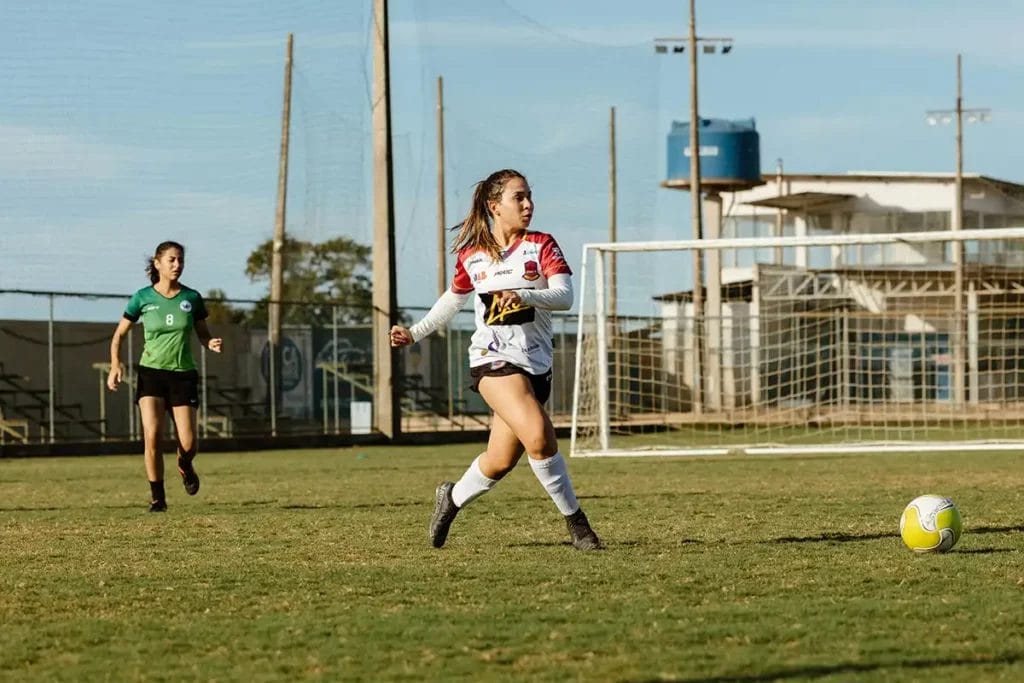
Progressive Movement Patterning for Sports
In the context of soccer, movement patterning is a critical biomechanical consideration. It encompasses the sequence and coordination of muscle actions that drive various movements on the field. The mastery of movement patterning is integral to executing soccer skills with precision and efficiency.
Progressive movement patterning involves structured training programs that gradually challenge and refine these patterns. For example, a youth player may start with basic running and cutting drills to develop agility and change of direction abilities.
Over time, these drills evolve to incorporate soccer-specific movements, such as quick changes in pace or direction while dribbling the ball.
Movement patterning also takes into account the individualized needs of players. Some may naturally excel in certain movements, while others require more focused attention and training.
Strength as a Complex System
Strength, in the context of soccer, is not a one-dimensional attribute. It is a complex system that encompasses a spectrum of physical qualities. Soccer players require a blend of strength, power, endurance, and flexibility to perform at their best. Understanding the intricacies of this system is fundamental to optimizing player performance.
Strength, in its various forms, is a central component of soccer biomechanics. It underpins actions like jumping, sprinting, tackling, and shooting.
From a strength and conditioning perspective, the development of strength involves targeted exercises and drills that cater to the specific demands of soccer. Strength training is not just about lifting heavy weights; it’s about enhancing functional strength that directly translates to on-field performance.
For example, exercises that emphasize explosive power are essential for players looking to improve their sprinting and jumping abilities. Similarly, exercises that enhance core strength and stability are vital for maintaining balance and control during rapid changes in direction.
Strength – From Philosophy to Practice
The evolution of strength in soccer athletes is a journey that extends from philosophical ideals to practical application. Traditionally, soccer placed greater emphasis on technique and skill, with strength often taking a back seat.
However, as the game has evolved and professionalised, so too has the recognition of the role of sport science in the game leading to improved strength development in player performance.
From a philosophical perspective, the understanding of strength has shifted to encompass a broader spectrum of attributes. It’s no longer solely about raw power; it’s about functional strength that enhances agility, speed, and endurance.
This shift in philosophy has led to a paradigm change in how strength is integrated into soccer training. In practice, strength and conditioning programs for soccer players have become more sophisticated and based around the individual player. They incorporate a diverse range of exercises and drills designed to target specific aspects of strength and movement.
These programs are tailored to individual player needs, considering factors such as position, playing style, and developmental stage.

Conclusion
When discussing soccer biomechanics, the ‘Strength and Movement Principles’ are the keystones upon which player performance rests. The journey from basic movement patterns to intricate soccer skills, the progressive development of movement patterning, the recognition of strength as a complex system, and the evolution of strength from philosophy to practice are all critical considerations.
From a strength and conditioning perspective, it is incumbent upon professionals to navigate these details. Training programs should be crafted in order to harness the biomechanical patterning of the sport, helping players develop the physical attributes and movement patterns required to excel.
As soccer continues to evolve, so too will the biomechanical understanding of the sport, driving players to reach new heights of skill and athleticism and managing specific injuries in a better way.
To unveil the pathway to your enriched understanding and expertise, embrace the link below:
Discover the ISSPF Youth Soccer Athletic Development Course
Share this article:
